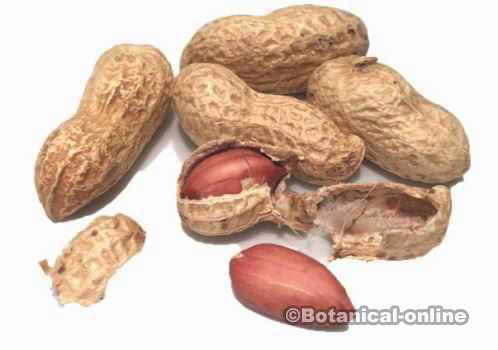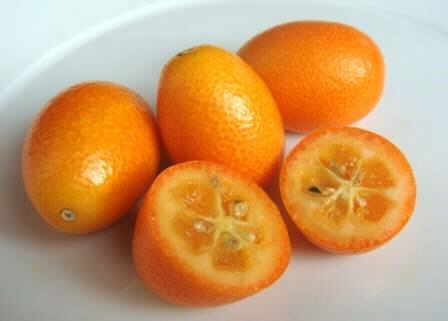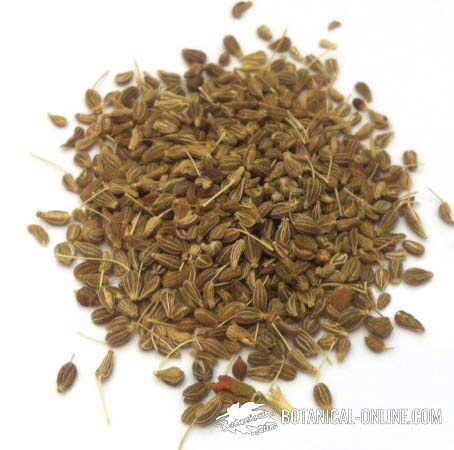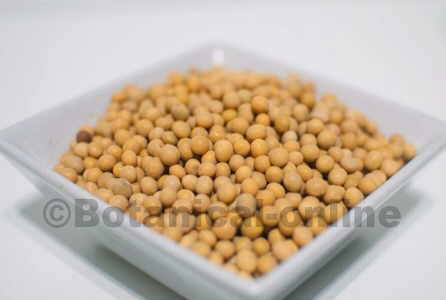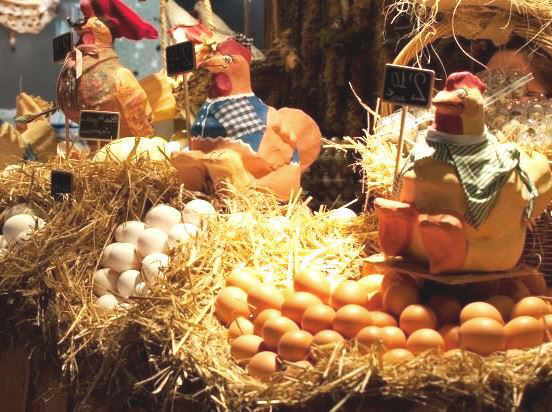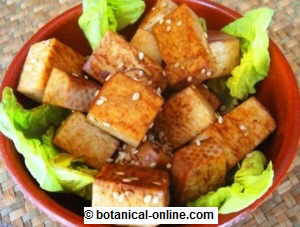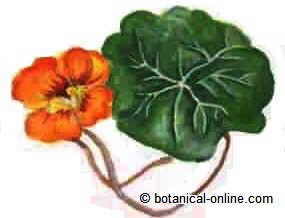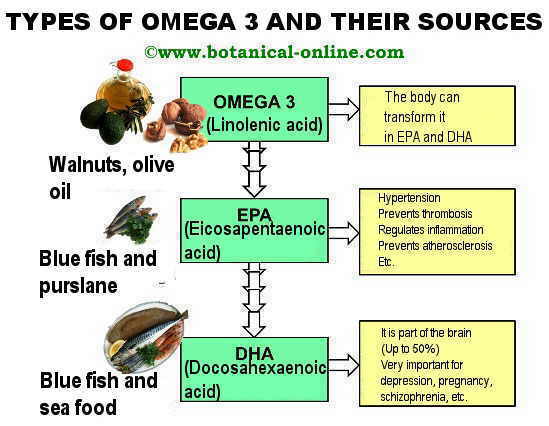Contents
- 1 Properties of the strawberry tree fruits
- 1.1 What is the strawberry tree fruit?
- 1.2 Scientific name of the plant
- 1.3 Harvesting strawberry tree fruits
- 1.4 What is the fruit of the strawberry tree like?
- 1.5 Characteristics of the strawberry tree fruit
- 1.6 Nutritional value of the strawberry tree fruit
- 1.7 Benefits and medicinal properties of the strawberry tree fruits
- 1.8 Antioxidants from the strawberry tree fruits
- 1.9 Do strawberry tree fruits have a lot of vitamin C?
- 1.10 Does the strawberry tree fruit get you drunk?
- 1.11 Strawberry tree fruits for the liver
- 1.12 Does strawberry tree fruit make your stomach feel bad?
- 1.13 Contraindications of the strawberry tree fruits
Properties of the strawberry tree fruits
What is the strawberry tree fruit?
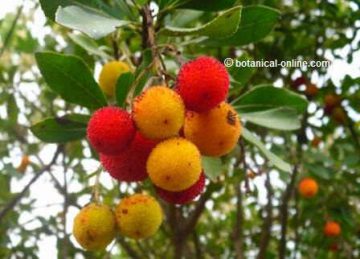
The strawberry tree fruit is the edible fruit of a Mediterranean shrub (Arbutus unedo). Strawberry tree fruits are the typical fruit that can be eaten on excursions in the forest, when looking for mushrooms, just like rose hips, juniper, or blackthorn, all of which are fruits of the autumn season.
Scientific name of the plant
Botanically, the strawberry tree belongs to the Ericaceae family and is related to the bearberry (Arbutus uva-ursi). The scientific name of the strawberry tree, “Arbutus unedo“, means “you should only eat one”, referring to the fact that one fruit is enough for every one.
Harvesting strawberry tree fruits
It is said that the strawberry tree is a “very hard-working” little tree, because it produces flowers and fruit at the same time. In reality, the plant’s cycle consists of flowering and fruiting, but the fruit matures over a year, so that it coexists with the following year’s flowers. For this reason, it is possible to find specimens of this plant that are in flower and bearing fruit at the same time.
The flowers are white or pale pink, with a bulging shape, similar to that of a pear.
What is the fruit of the strawberry tree like?
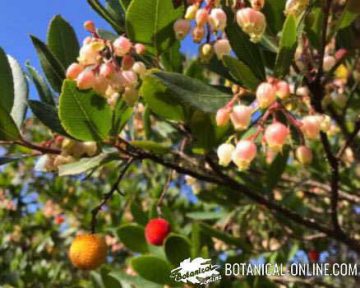
The fruits form during the summer and ripen in the fall, when they are bright red and a soft texture, their optimal ripening point. It is a globose fruit about 3 cm in diameter, provided with grains or small protuberances that give it a rough texture.
Characteristics of the strawberry tree fruit
- Ripeness: Fruits should be eaten when ripe, when they are deep red. Unripe fruits have greenish or yellow skin and are not edible.
- Flavor: They have a very sweet flavor and a starchy texture.
- How are they eaten? They are eaten raw or cooked to make jams or preserves. Vinegars and liqueurs are also prepared with the fruit.
- Dangers: The fruits should be eaten in moderation since in high doses they can be indigestible for the stomach (they are very rich in tannins).
Nutritional value of the strawberry tree fruit
Do strawberry tree fruit have a lot of sugar? Strawberry tree fruits are rich in sugar (23%) and mainly in fructose. Although in numbers this may seem like a lot of sugar, the truth is that it would be necessary to eat a large quantity of these fruits to ingest “a lot of sugar”. A serving of about 5 or 10 fruits provides between 8 and 15 grams of sugar, which is less than what an apple contains.
In addition, this sugar content is accompanied by a large amount of insoluble fiber, which delays absorption and improves the assimilation of these carbohydrates. It is therefore a fruit suitable for people with diabetes or high blood sugar problems.
Benefits and medicinal properties of the strawberry tree fruits
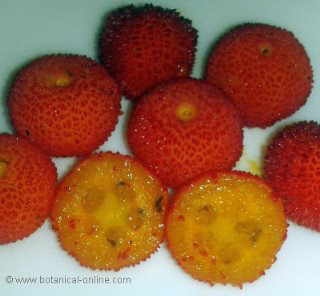
One of the properties of the strawberry tree fruit is that it is highly recommended when there are urinary infections, due to its arbutin content. This component has antibiotic properties and helps treat cystitis, urethritis, vaginal and urinary tract infections. Arbutin helps fight infections.
Antioxidants from the strawberry tree fruits
Another outstanding quality of this fruit is its high flavonoid content (32.37 mg/100 g of edible portion). 80% of these flavonoids are of the anthocyanin type. Anthocyanins appear to have antiviral properties, helping to combat colds, infections, allergies and flu.
Strawberry tree fruits have an antioxidant role that makes them suitable for people with cardiovascular diseases and, together with a heart-healthy diet, they are of interest for preventing and treating cholesterol, hypertension and arteriosclerosis.
Among other flavonoids, there is also lycopene (the red pigment of tomatoes), which helps prevent prostate inflammation. Foods rich in lycopene are very suitable in the diet for hypertension, and in general for all those people who must take care of their heart.
Do strawberry tree fruits have a lot of vitamin C?
They contain vitamin C, which helps fight excess free radicals, for example, those produced by tobacco consumption. This vitamin also has multiple properties for the immune system and is capable of shortening the duration of illness.
In short, the strawberry tree fruit is a very suitable fruit for the autumn and winter season, since it is a good source of antioxidants that help prevent possible winter diseases, such as opportunistic infections.
Does the strawberry tree fruit get you drunk?
The belief that the strawberry tree fruit makes you drunk is due to the fact that, when it ripens, the fermentation of the fruit sugars occur and may contain alcohol.
For this reason, high intakes of strawberry tree fruits can produce symptoms of alcohol poisoning (“getting drunk” effect).
Strawberry tree fruits for the liver
Strawberry tree fruits are very rich in malic acid, like green apples. In natural medicine, this acid is considered to have hepatic properties, which promotes the functions and health of the liver.
Does strawberry tree fruit make your stomach feel bad?
As described in ancient texts, the fruit can be indigestible due to its high tannin content. The Spanish botanist Andrés Laguna refers to the strawberry tree fruit in his writings: <<This fruit, when eaten, swells the stomach with flatulence and causes severe headaches; which was the reason why the Latins gave it the name “unedo”, admonishing that no one should eat more than one of it>>.
Contraindications of the strawberry tree fruits
Theoretically, the high content of tannins can cause stomach irritation in people with sensitive stomachs or gastritis, as it has been proven that tannins can increase heartburn. However, controlled consumption of these well-ripened fruits should not cause any indisposition. As a precaution, it is sometimes recommended that people who already have this anomaly avoid their consumption.
| Composition of the strawberry tree fruit 100 gr. | |
| Water (g.) | 56 |
| Calories (Kcal.) | 101 |
| Fat (g.) | 0,6 |
| Protein (g.) | 0,9 |
| Carbohydrates (g.) | 24 |
| of which fructose | 10,36 |
| Fiber (g.) | 16,21 |
| Potassium (mg.) | 177,3 |
| Sodium (mg.) | 7,5 |
| Calcium (mg.) | 66,5 |
| Magnesium (mg.) | 19,6 |
| Iron (mg.) | 0,9 |
| Zinc (mg.) | 0,5 |
| Vitamin C (mg.) | 182 |
| Oxalic acid (mg.) | 96,5 |
| Malic acid (mg.) | 254,9 |
| Betacarotens (mg.) | 0,52 |
| Lycopen (mg.) | 0,17 |
![]() More information on strawberry tree
More information on strawberry tree

